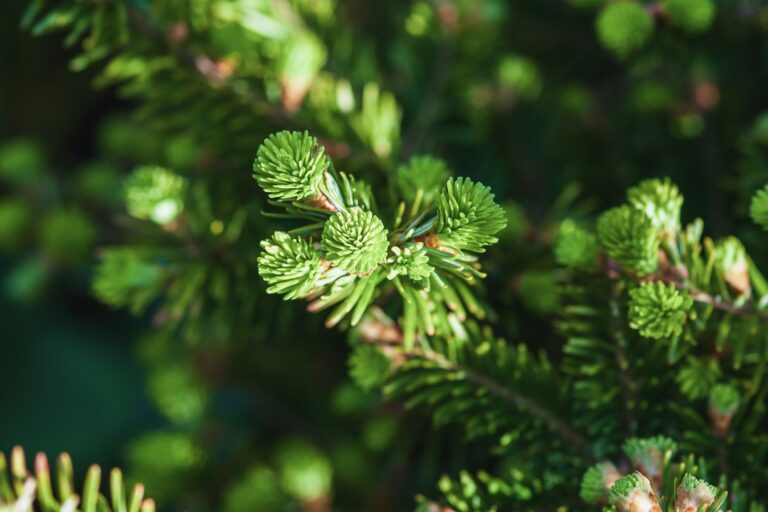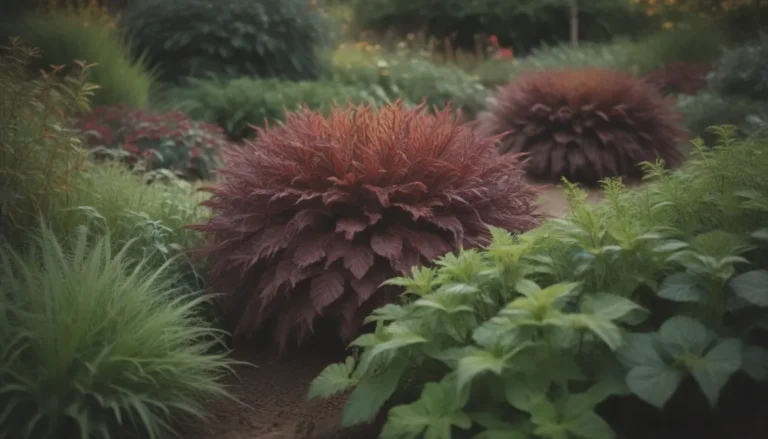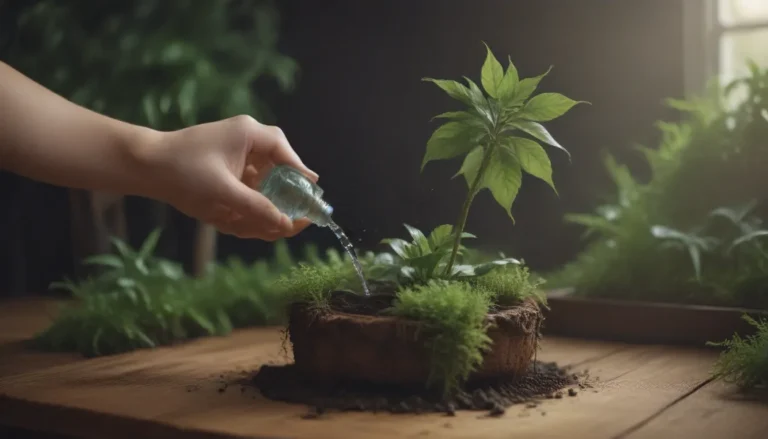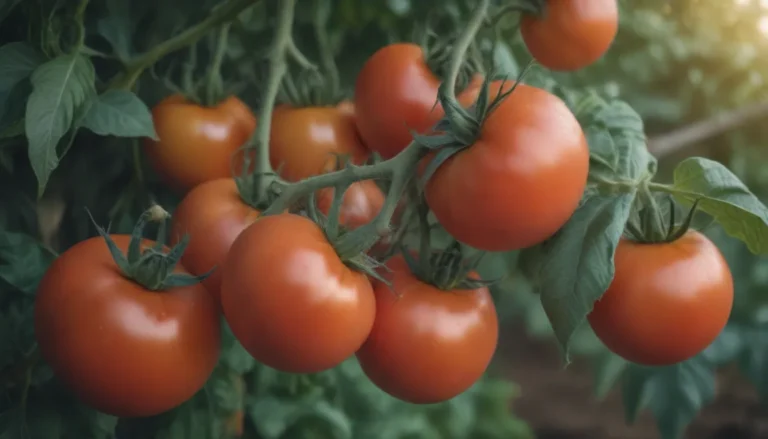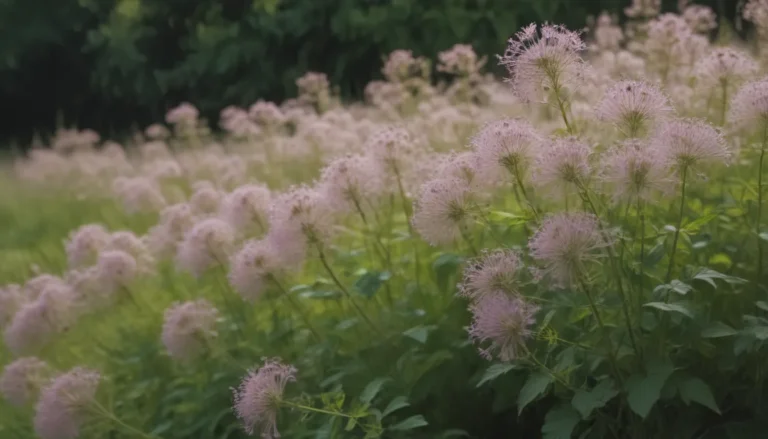Understanding Tree Care: Reasons Behind Brown or Dying Leaves
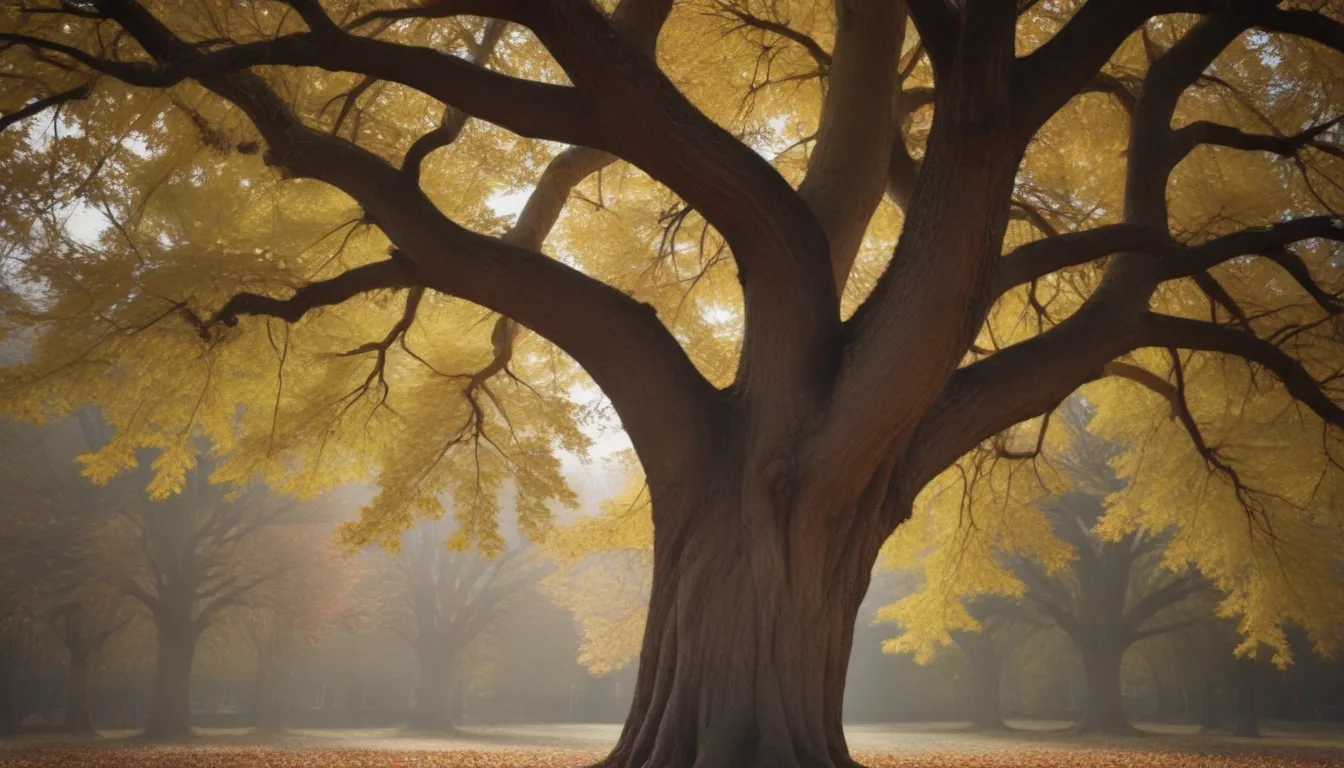
Taking care of your trees is a vital investment in the beauty and health of your landscape. While it’s normal for trees to experience issues like brown leaves, dead limbs, or other common problems, it’s crucial to recognize when these signs may indicate a more serious problem like a dying tree. By understanding the causes behind brown or dying leaves, you can take proactive steps to address the issue and ensure the longevity of your trees.
Over-Exposure to Sun: Understanding Leaf Scorch
Brown leaves on trees are often a sign of over-exposure to the sun, a condition commonly known as “leaf scorch.” This can be exacerbated by various factors such as lack of water, excessive fertilizer, root damage, and strong winds, all of which can stress the tree and make it more susceptible to sun damage. Young trees are particularly vulnerable to sun overexposure, so it’s recommended to plant them in the spring or fall when UV rays are less intense. To address sun overexposure, consider transplanting the tree to a location with less direct sunlight, or provide shade using a screen or reflector. In some cases, applying cheesecloth to the tree’s branches can offer an additional layer of protection.
Frost Damage: A Common Culprit for Brown Leaves
Brown leaves appearing on trees in spring may be a result of frost damage, which can temporarily impact the appearance of the tree but is unlikely to be fatal. If browning occurs in summer, inadequate watering or high winds may be to blame. Black spots on leaves are often caused by fungus, which thrives in moist conditions commonly found in humid climates. Certain trees, like magnolias, are particularly susceptible to frost damage, especially when young. To protect your tree from freezing temperatures, consider wrapping it in burlap or an old sheet during the coldest months.
Transplant Shock: Navigating the Adjustment Period
Trees that have been recently transplanted often go through a period of transplant shock, leading to symptoms like leaf wilt, scorch, yellowing, or curling. It’s important not to overwater a tree with brown leaves, as this may not be the solution. Instead, allow the tree time to acclimate to its new surroundings and provide the right amount of water to help it thrive. When transplanting trees like Bradford pears, watch out for black leaves, which may indicate fire blight disease. Consulting an arborist for specialized treatment and removal of infected branches can help address this issue.
Insects and Disease: Identifying the Culprits
When dealing with insect or disease-related issues, it’s crucial to accurately diagnose the problem before taking action. In many cases, there are specific sprays available to target insects or diseases affecting your tree. For example, Emerald cedars may develop brown leaves due to various factors such as insects, diseases, or drought. Yellowing or browning leaves on the outer branches can indicate serious problems that require attention.
Insufficient Watering: A Common Cause of Brown Leaves
Proper watering is essential for maintaining tree health, especially for young or newly transplanted trees. Daily watering with a hose is often necessary during the first few months, particularly in dry seasons. Be mindful of overwatering, which can lead to yellowing or drooping leaves due to excess moisture. If you suspect overwatering, reduce watering frequency until the tree shows signs of improvement.
Tip: Yellowing leaves in early fall or late summer may indicate a problem like chlorosis, caused by insufficient iron supply. A certified professional can help address this issue.
Soil Compaction: Providing Adequate Space for Root Growth
Compacted soil or clay can hinder root expansion and prevent trees from thriving. Before planting, ensure the soil is loamy and well-drained, with ample space for roots to grow. Adding organic material like mulch can improve soil quality, but may require machinery assistance for compacted soil.
Over-Fertilization: Striking a Balance
While fertilizer can benefit trees by providing necessary nutrients, over-fertilization can harm roots and foliage. Ensure you’re using the correct fertilizer type, applying it in the right ratios, and spacing feedings as recommended. If you suspect over-fertilization, trim back affected branches, flush the soil with water, and apply a layer of mulch for root protection.
By understanding the various causes of brown or dying leaves in trees, you can take proactive steps to address these issues and promote the overall health and longevity of your landscape. Remember to assess your tree’s specific needs, provide appropriate care, and seek professional assistance when necessary. Care for your trees today to enjoy a thriving landscape for years to come.

